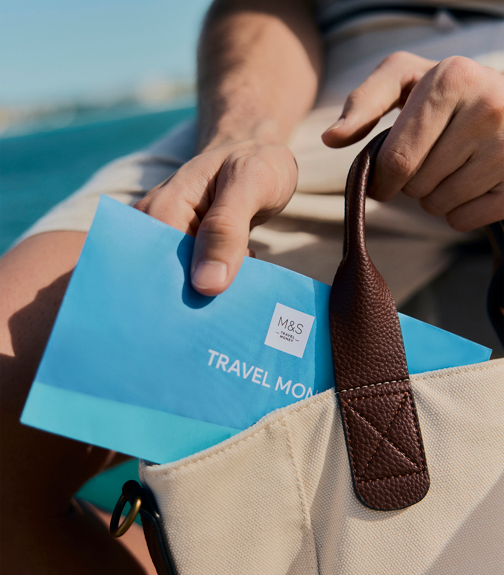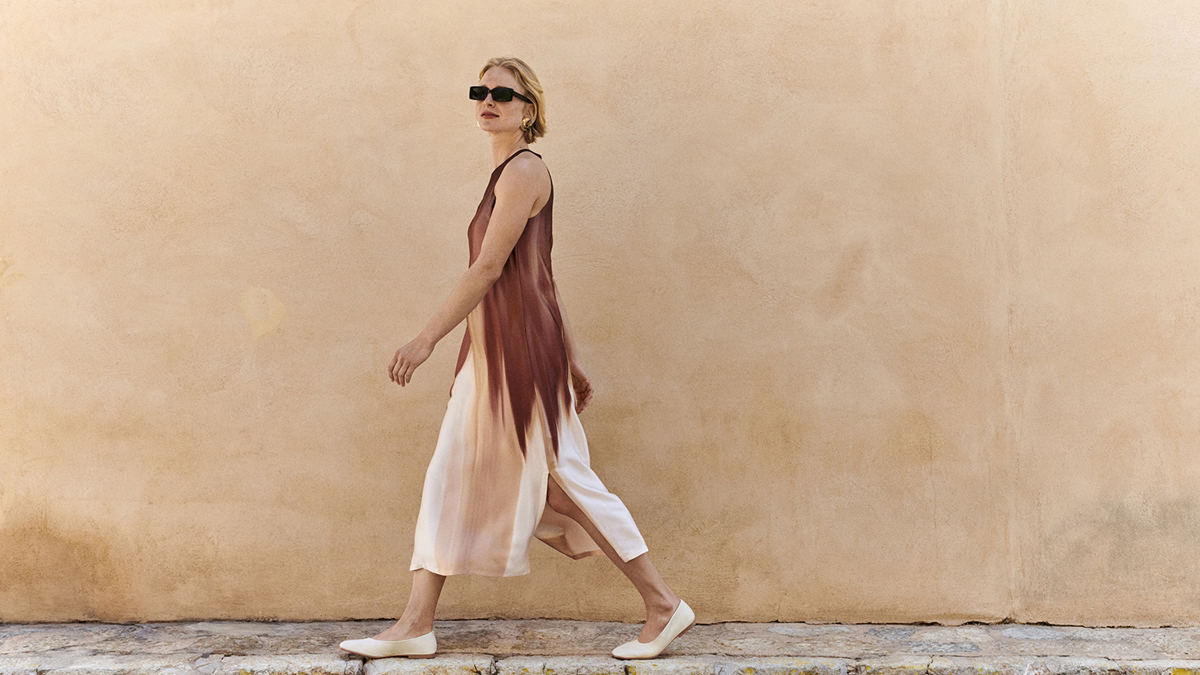-
Our Christmas opening hours may vary - please check your local branch hours before you visit.
How to buy Philippine Pesos
-
Buy Philippine Peso Online
Buy Philippine Peso online with Click & Collect at over 580 M&S stores. Use our Pounds to Philippine Peso (GBP to PHP) currency calculator to work out how many Philippine Peso you want. Pick your collection date and collect from your chosen M&S store.
Click & Collect Philippine Peso (PHP) in as little as 60 seconds.*
*Subject to availability
-
Buy Philippine Peso In-store
Buy Philippine Peso in your local participating M&S store.* With over 90 Travel Money Bureaux nationwide - many open seven days a week. - you can buy Philippine Peso at a time that suits you.
*In-store rates may differ from online rates.

Why buy Philippine Pesos from M&S Travel Money?
The Philippines is a popular travel destination. If you're planning a trip, there are so many reasons to choose M&S Travel Money for your currency exchange:
- Our Philippine Peso rate has no hidden fees & zero commission
- Click & Collect Philippine Peso the same day*
- Stores open 7 days a week**
- Get more with Sparks Preferential Rates
**store opening hours vary

What you need to know about the Philippine Peso currency
The Philippine Peso is the official and legal tender of the Philippines. Its currency code is PHP and its symbol is ₱. Each Peso contains 100 Cents.
Philippine Pesos come in both coins and banknotes.
Coins include:
1¢ (Cent), 5¢, 10¢, 25¢, ₱1 (Peso), ₱5, ₱10, ₱20
Banknotes include:
₱20, ₱50, ₱100, ₱200, ₱500, ₱1,000
You can buy Philippine Pesos online using our click & collect service.
Please note not all denominations are available to exchange.

Guide to the Philippines
Explore the wonders of the Philippines, a bucket list tropical escape. With over 7,000 islands to discover, featuring powdery white beaches, emerald rice terraces, and vibrant cities, there's nowhere else in the world like the Philippines.
Filipino hospitality is as warm as the tropical sun, and the food is just as inviting. From sizzling sisig to sweet halo-halo, every bite tells a story of culture and tradition. More than just a place to visit, the Philippines is a feeling you'll never forget.
Frequently asked questions
Yes, it's best to get your Travel Money before your departure date. You get more competitive rates and make your Philippine Pesos go further this way.
You can use bank cards, including debit and credit cards, in urban areas and tourist spots in the Philippines. However, in more remote areas, you'll need to use cash Philippine Pesos. Remember, paying in cash Pesos lets you avoid the fees, charges and unfavourable exchange rates associated with making overseas card payments.
The Philippines is generally a low-cost destination to visit. If you're looking to travel on a shoestring budget, you'll likely spend around £15 to £25 per day, while those wanting to splash out might expect to spend around £40.
The Philippines' official currency is the Philippine Peso, and it's the primary tender used throughout the country. Some tourist areas may occasionally accept US Dollars, but this is never guaranteed.
You don't need a visa to visit the Philippines for 30 days or less. If you plan to stay longer or have other reasons for visiting, such as work or study, you'll need to apply for a visa.
Remember to register with the 'e-travel' system at least 72 hours before you arrive in the country. Always check the entry requirements with your country's embassy before departing.
Tipping is not compulsory in the Philippines, but is usually appreciated.
There are two official languages in the Philippines: Filipino and English. Primarily based on Tagalog, Filipino is the national language used in education and media. There are also around 175 regional languages spoken across the country.
The Philippines is generally considered a safe destination for travellers, but it's important to check government guidance before travelling.
You can also visit the Foreign, Commonwealth & Development Office (FCDO) for the latest government travel advice for the Philippines.
The best time to visit the Philippines is between January and April. This time of year generally provides warm and sunny dry weather.
Other popular currencies
If you are planning a future holiday or a trip that takes in multiple destinations, these other currencies may be useful:


